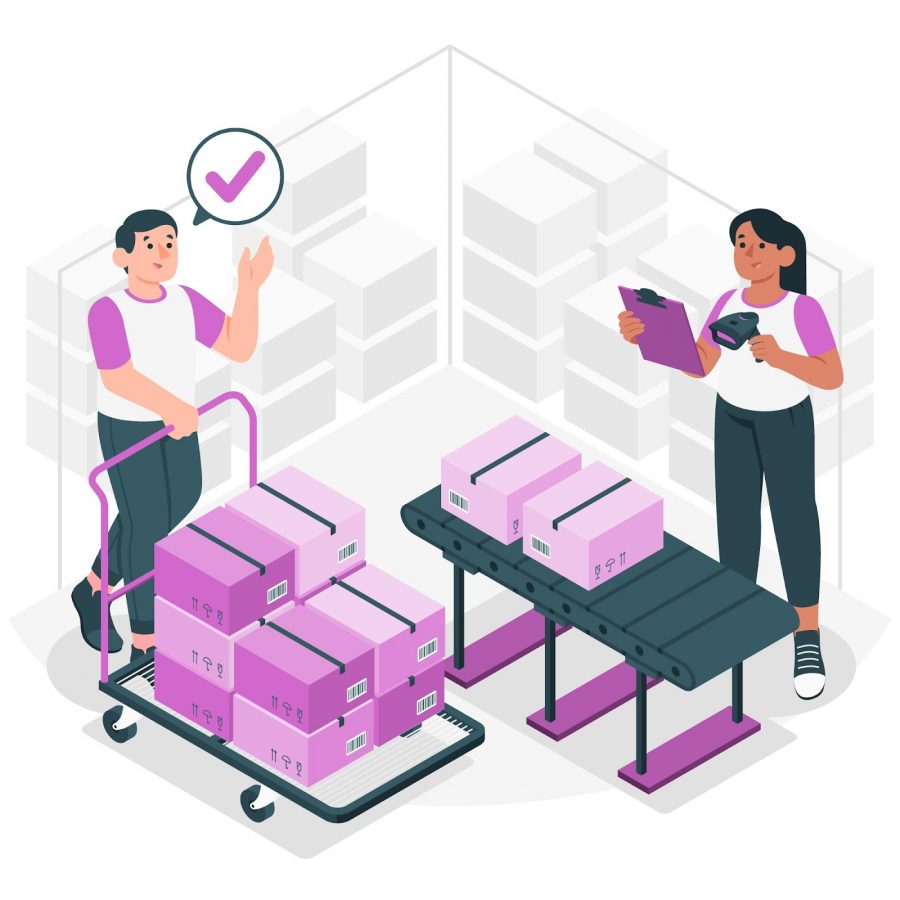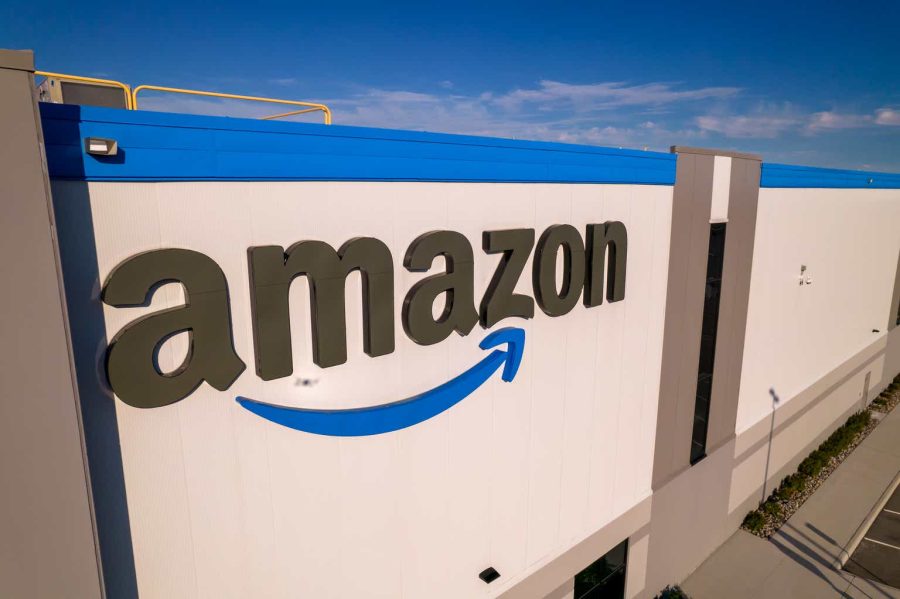July 14, 2024 This Week Top S&P 500 Gainers & Losers
Tesla Q2: The Bottom Is Likely In
Tesla: Time To Take Profits
Microsoft: The Q4 Results Should Surprise You
Tesla: Optimus And FSD Probably Won’t Save The Day
April 23, 2024 Maximizing Profits: When is the Right Time to Sell Your Business?
April 12, 2024 Improve Your Financial Status: A How-To Guide
April 12, 2024 How ZIM Integrated Container Tracking is Revolutionizing Global Trade
March 15, 2024 6 Best Growth Stocks To Buy Now According to Metatrader 5
Comparison of Top Retail Inventory Software Solutions
August 15, 2023

Image by storyset on Freepik
Image by storyset on Freepik
What is inventory management software?
Inventory management software is a powerful tool that enables businesses to effectively track, manage, and optimize their inventory. It automates various inventory-related processes, such as stock tracking, order fulfillment, purchase orders, and reporting, providing real-time visibility into stock levels, sales, and supplier performance. With the ability to integrate with other systems, such as point of sale (POS) and e-commerce platforms, inventory management software centralizes data and streamlines operations across multiple sales channels and locations.
Benefits of Inventory Management Software
Implementing inventory management software offers numerous benefits for retailers. Here are some key advantages:
- By automating inventory processes and eliminating manual data entry, inventory management software streamlines operations and increases efficiency. It reduces the time and effort required for stock counting, order processing, and replenishment, allowing employees to focus on more strategic activities.
- Inventory management software provides accurate and up-to-date information on stock levels, locations, and movements. This real-time visibility enables businesses to make informed decisions, prevent stockouts, optimize reorder points, and improve inventory accuracy.
- Inventory management software provides robust reporting and analytics capabilities, allowing businesses to gain valuable insights into inventory performance, sales trends, and supplier performance. A well-implemented inventory database management system is crucial for businesses to effectively manage their inventory levels and streamline their supply chain operations. These insights enable data-driven decision-making, helping businesses identify opportunities for improvement and make informed strategic decisions.
With inventory management software, businesses can ensure high product availability and timely order fulfillment. Accurate stock tracking and forecasting capabilities enable businesses to meet customer demand, prevent backorders, and provide a seamless shopping experience.
Selecting the Right Inventory Management Software
Selecting the right inventory management software is crucial for creating an inventory system. Here are some key steps to guide you in the selection process:
- Before evaluating software options, assess your inventory management needs and identify pain points or areas for improvement in your current processes. Consider factors such as the size of your inventory, number of sales channels, order volume, and specific requirements unique to your business.
- Conduct thorough research to identify inventory management software options that align with your needs. Explore reputable software review websites, industry publications, and customer testimonials to gather insights on different software providers. Pay attention to user ratings, reviews, and recommendations.
- Evaluate the pricing models of different software providers. Consider whether they offer a free trial or demo to test the software before committing. Balance the affordability of their pricing tiers with the features and functionality they offer. Look for transparent pricing structures and avoid providers that require a quote to access pricing information.
- Evaluate the features offered by each software provider and compare them against your inventory management system requirements. Consider whether the software integrates with other systems you use, such as POS or e-commerce platforms. Assess the level of customization available to tailor the software to your specific workflows and processes.
Comparison of Top Inventory Management Software
To assist you in selecting the right inventory management software for your retail business, let’s compare some of the top solutions available in the market:
LEAFIO AI Retail Platform
LEAFIO AI Retail Platform is a cloud-based inventory optimization solution that covers all aspects of the inventory management process. It offers automatic replenishment, multi-scenario seasonality planning, multi-echelon replenishment and inventory optimization, trade promotion management, and assortment rotation. LEAFIO focuses on providing accurate data and offers more than 40 analytical reports for operational and strategic management. The implementation period takes about 6 months, and the software is suitable for retail businesses of any size.
RELEX Solutions
RELEX Solutions is a distributor of cloud solutions for retail, wholesale, and manufacturing companies. Their Inventory Optimization Platform provides predictive-based automatic replenishment and allocation software. Key features include an extensive data library, ML-based forecasting, automatic replenishment, and seasonal, and assortment management. RELEX Solutions is suitable for both large and small companies, but it is noted that the price and learning curve may be more affordable for larger corporations.
Slim4 by Slimstock
Slim4 by Slimstock is a retail inventory management solution that offers forecasting, demand planning, and inventory management features. Additional modules, such as ABC analysis, order generator, and promotion module, can be added. Users have positive feedback regarding regular updates and staff service but note some shortcomings in customization and learning. Slim4 is suitable for businesses experiencing demand volatility and focuses on exception management.
Symphony RetailAI
Symphony RetailAI implements innovative solutions based on AI, machine learning, and voice control technologies. Their inventory management solution offers fresh category management, FMCG inventory management, and waste prevention. Symphony RetailAI has a strong presence in the market and is experienced in implementing retail solutions. However, it is important to note that their inventory management system is an on-premise solution, which may limit flexibility and adaptability for some retail businesses.
Tools Group
Tools Group provides supply chain planning software for businesses experiencing demand volatility. Their Service Optimizer 99+ solution uses self-adapting demand and inventory models to determine optimal inventory levels in a multi-echelon supply chain. Features include inventory modeling, service-driven optimization, multi-echelon inventory optimization, and probabilistic forecasting. Users have noted reasonable forecast accuracy and inventory management if properly implemented and managed.
Conclusion
Implementing an inventory management system is crucial for retailers who want to optimize stock levels, reduce costs, and improve customer satisfaction. Inventory management software offers many benefits, including streamlined operations, accurate stock tracking, cost reduction, improved customer satisfaction, and data-driven decision-making. By carefully selecting the right inventory management software, businesses can create an effective inventory system that meets their needs. The implementation process involves planning, data preparation, configuration, training, integration, testing, and continuous improvement.














